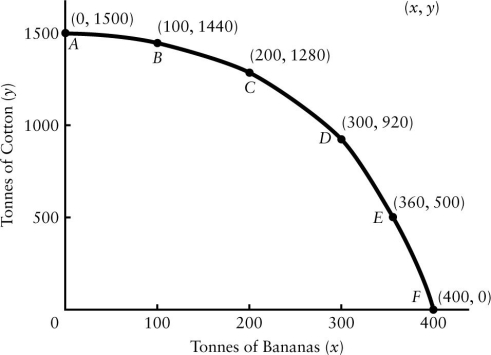Figure 1-7 shows the production possibilities boundary for an economy that produces two goods - cotton and bananas.  FIGURE 1-7
FIGURE 1-7
-Refer to Figure 1-7.A production possibilities boundary is shown for an economy that produces two goods - cotton and bananas,both measured in tonnes produced per year.Which of the following statements best describes the difference in opportunity costs that this economy faces at point A compared to point E?
Definitions:
Corporate Culture
The shared values, beliefs, and practices that shape the social and psychological environment of a business organization.
Mergers and Acquisitions
The processes by which companies are combined or purchased, often to expand capabilities, reach, or market share.
Government Involvement
The participation or intervention of government agencies in the activities or policies of businesses, organizations, or societal issues.
Social Accountability International (SAI)
An organization dedicated to advancing human rights at workplaces around the world.
Q1: Suppose the cross-price elasticity of demand between
Q2: Refer to Figure 4-2.In diagram 3,the elasticity
Q26: Suppose that the demand and supply curves
Q44: Consider the global market for some mineral,X.In
Q66: The term "quantity demanded" refers to the<br>A)total
Q76: Which one of the following types of
Q95: Consider a production possibilities boundary showing the
Q106: The key decision makers in a market
Q116: Refer to Figure 1-2.What is the price
Q126: A value of zero for the elasticity